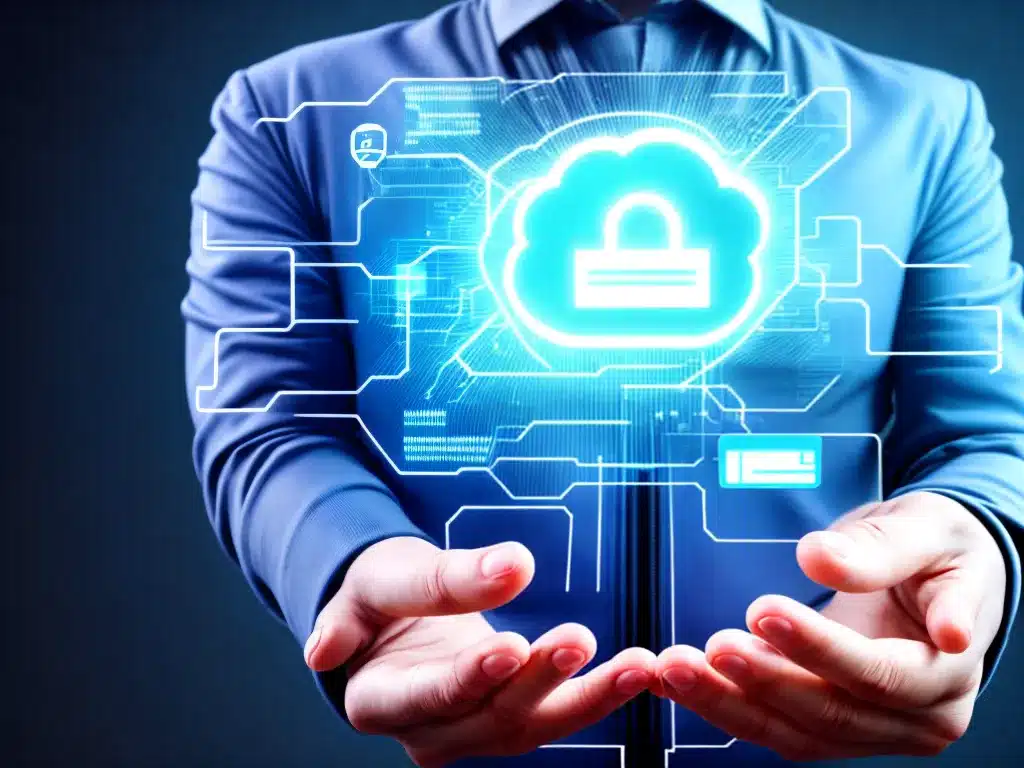
Introduction
In 2024, cloud computing has become the norm for both personal and business data storage. As someone deeply concerned about data privacy and security, I want to ensure my cloud data is protected both now and into the future. In this article, I will discuss key strategies and best practices for securing cloud data based on my own research and experience.
Use Strong Passwords and Multi-Factor Authentication
Using strong, unique passwords is one of the most basic but critical steps for securing cloud accounts. Here are some best practices I follow:
-
I use passwords that are at least 12 characters long, mixing upper and lowercase letters, numbers, and symbols. Short, simple passwords are easy for hackers to guess.
-
I use a different password for every account. Re-using the same password across multiple sites makes you vulnerable if any one site is breached.
-
I store my passwords in a password manager app rather than writing them down. Password manager apps encrypt your passwords and allow you to access them on all your devices.
-
I enable multi-factor authentication (MFA) whenever possible. MFA requires extra verification such as a code sent to your smartphone when logging in from a new device. This prevents hackers from accessing accounts even if they steal your password.
Be Wary of Public Wi-Fi Networks
I avoid accessing sensitive cloud accounts and data over public Wi-Fi networks. It’s easy for hackers to intercept your internet traffic over unsecured networks in places like coffee shops and hotels. Instead, I use a virtual private network (VPN) app on my mobile devices when connecting to public networks. A VPN encrypts your web traffic to keep it safe from prying eyes.
Keep Software Up-to-Date
I make sure to promptly install any security updates for my operating systems, browsers, apps, and other software. Hackers are constantly finding new vulnerabilities in software, which get patched in updates. Keeping software updated closes security holes and helps prevent unauthorized access to your system and cloud accounts.
Use Caution with API Access
Many cloud services have application programming interfaces (APIs) that allow other apps and services to access your cloud data. I’m very careful about which third-party apps I allow API access to. I revoke API access from any apps that seem suspicious or that I no longer use. Restricting API access prevents potentially malicious apps from getting into your cloud data.
Enable Two-Factor Authentication
In addition to strong passwords, I take advantage of two-factor authentication (2FA) for an extra layer of security on critical cloud accounts like email, social media, banking, and more. 2FA requires you to enter a temporary code from your smartphone or an authenticator app when you login from a new device. So even if hackers have my password, they can’t access my accounts without also stealing my smartphone or authenticator app.
Monitor Account Activity
I check the activity logs of my cloud accounts regularly for any unexpected or unauthorized access attempts, password resets, or API usage. Most cloud providers allow you to monitor recent login attempts and other events related to your account. Watching for suspicious activity alerts me to hack attempts or breaches right away so I can respond quickly.
Be Cautious of Third-Party Apps
I’m cautious when connecting third-party apps and services to cloud accounts like email, calendars, and storage. Some third-party apps request very broad permissions without needing them. I deny any unnecessary permissions and thoroughly vet apps before installing them to ensure they are legitimate and have a strong security track record. Revoking app permissions regularly also helps minimize risk.
Use Encryption Wherever Possible
I enable encryption options offered by cloud providers to keep my sensitive data secure even if it were to fall into the wrong hands. Encryption scrambles your data making it unusable without the proper cryptographic key. I turn on client-side encryption for cloud storage to encrypt data locally before syncing encrypted copies to the cloud.
Understand Security Compliance
Before choosing any cloud provider, I research their security and compliance standards. I only use providers that meet stringent industry compliance standards like ISO 27001, which indicates strong physical, network, and operational security controls. Compliance gives me greater confidence my data is safe from both external and internal threats.
Backup Critical Data
While reputable cloud providers have robust data redundancy built-in, I still maintain my own backups of critical data either locally or with a second cloud provider. Regularly backing up important documents, photos, and other data ensures I have multiple copies spread across locations in case of a catastrophic failure or outage.
Stay Vigilant Against Phishing
Phishing scams aimed at stealing usernames, passwords, credit cards, and other sensitive data are a growing threat. I stay vigilant against phishing by watching for suspicious links and only entering my login credentials directly on a provider’s website that I typed into the address bar. I also avoid logging into any sensitive accounts when using public Wi-Fi networks.
By following these best practices, I can trust that my most sensitive data remains protected and private even as I increasingly rely on cloud services. As threats evolve, I make sure to stay updated on new risks and security features so I can adjust my personal security strategy accordingly. With vigilance and care, my data stays secure in the cloud for years to come.












